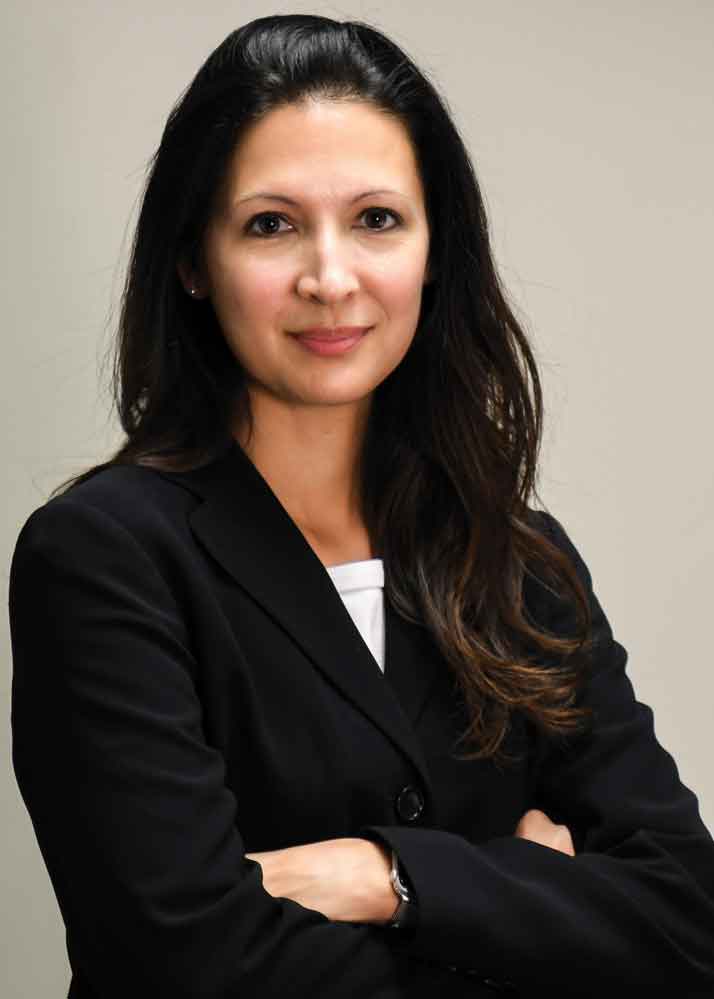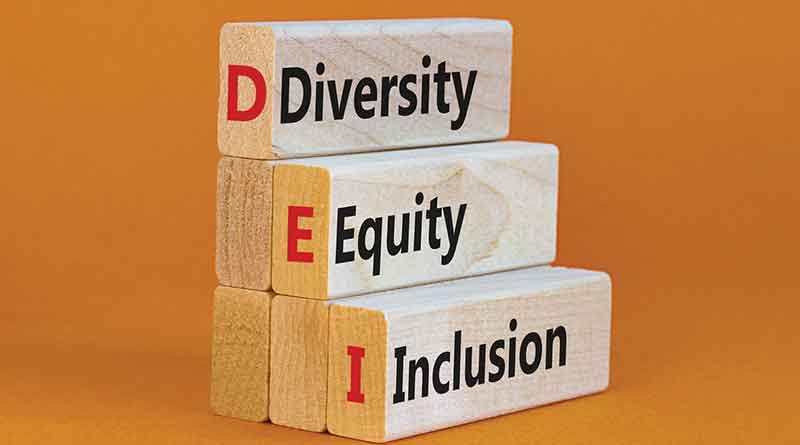Fostering A Sense Of Belonging
How to build a workplace environment of diversity, equity, and inclusion
Businesses around the nation are grappling with how to promote an environment of diversity and inclusion in the workplace, and the hospitality, leisure, and travel industry is not immune.
This challenge isn’t a new one – the hospitality industry has struggled for years, particularly with creating and maintaining diverse representation across employment levels.
A 2019 report card by the NAACP found that entry-level and lower-wage positions were mostly staffed by workers of color, but “racial and ethnic minorities were inequitably dispersed throughout the lodging workforce,” according to USA Today.
Longstanding racial tensions became exacerbated in 2020 when the United States found itself in a profound moment of public reckoning with its history of racial and cultural injustice after the killing of George Floyd, a Black man who died in police custody in Minneapolis.
As a result, diversity, equity, and inclusion (DEI) principles are now at the forefront of many workplace conversations. Roxanne Kutzer, Ph.D., organizational development and leadership manager and business consultant, helps guide companies through these conversations.

“One of my challenges is helping organizations understand the context of what’s going on and why it’s significant,” she said. “The George Floyd case and other things we’ve seen in the press have sent ripples within organizations because it deals with feelings of safety and inclusion for people who identify with those individuals [shown in the media].”
In addition to having cultural and historical context, it’s also key for organizational leadership to understand the differences between diversity, equity, and inclusion, Kutzer says.
“When we’re talking about diversity, we’re talking about our primary identities like race and ethnicity, age, gender identity, and sexual orientation,” she says. “Diversity implies representation, so it’s making sure to have people of different identities in our workforce.”
Related: Race in the Workplace
Inclusion takes diversity one step further – it occurs when minority individuals in the workforce feel safe and valued so that they feel comfortable sharing their perspectives. Finally, equity is making sure that not only do employees have access to the same opportunities, but there’s proportional representation in those opportunities.
There are clear benefits to practicing diversity in the workplace. Businesses that are identified as more diverse are more likely to outperform their competitors, capture new markets and obtain higher revenue, according to a trend report by public benefit company InStride.
“When you have employees who can express different viewpoints, then you also have a mirror that reflects your customers’ different perspectives about your product or service,” Kutzer says.

To better promote DEI among staff, many companies are revisiting their policies and hiring practices, as well as taking on new workplace programming.
Catherine Lacey, RRP, American Resort Development Association (ARDA)’s vice president of meetings and executive director of the ARDA International Foundation, is working with Chairman Michael Brown of Travel + Leisure Co. to implement DEI initiatives at ARDA.
In 2021, the organization formed the ARDA Diversity and Inclusion Council, which aims to promote diversity and inclusion throughout the resort development industry through development, educational programming, and thoughtful conversations.
Related: How to Use Social Networks to Attract Top Talent
“We’ve focused on highlighting more diverse speakers at our member meetings,” Lacey says. “We had [FUBU Clothing Founder and CEO] Daymond John and [the NFL’s first female official] Sarah Thomas as our keynote speakers. It was nice to see a woman and a man of color on stage. We want to continue to bring forth different faces and demographics.”
This year, the council created the ARDA 100 Club, a place where diverse team members from ARDA member organizations are identified and invited to become involved in ARDA’s culture and community, specifically through attending the organization’s spring conference and taking part in educational, leadership and networking opportunities.
“We think it’s a great way to bring more diverse people to the conference and encourage them to take on leadership roles on our committees,” Lacey says. “As we build more interest and excitement, it will start to bring in even more diversity.”
Lacey adds that it’s important for ARDA as a national trade association to provide a model that member organizations can emulate. “We need to be walking the walk and talking the talk and make sure that we’re setting an example that everyone can look to,” she says.
When considering undertaking DEI efforts at your own organization, Kutzer recommends taking stock of your corporate culture as it stands currently. “It’s important to understand what situation the company is in, and any background or history that’s relevant to the company,” she says. “Then from there, you can establish a road map to go forward.”
Related: The Multi-generational Workplace
It’s not possible to quickly “fix” diversity issues with a one-size-fits-all approach, so Kutzer advises getting started by taking small but impactful steps, such as offering unconscious bias training, hosting celebrations of diverse backgrounds, or providing an outlet for employees to share personal stories related to diversity and inclusion.
“I think there’s so much work still to be done,” Kutzer says. “That’s a very daunting idea, but I think it’s also really exciting as we work to foster a better sense of belonging.”
Kyra Molinaro is an award-winning writer and editor based in Richmond, Virginia. She oversees donor communications in the Advancement office at the University of Richmond.



